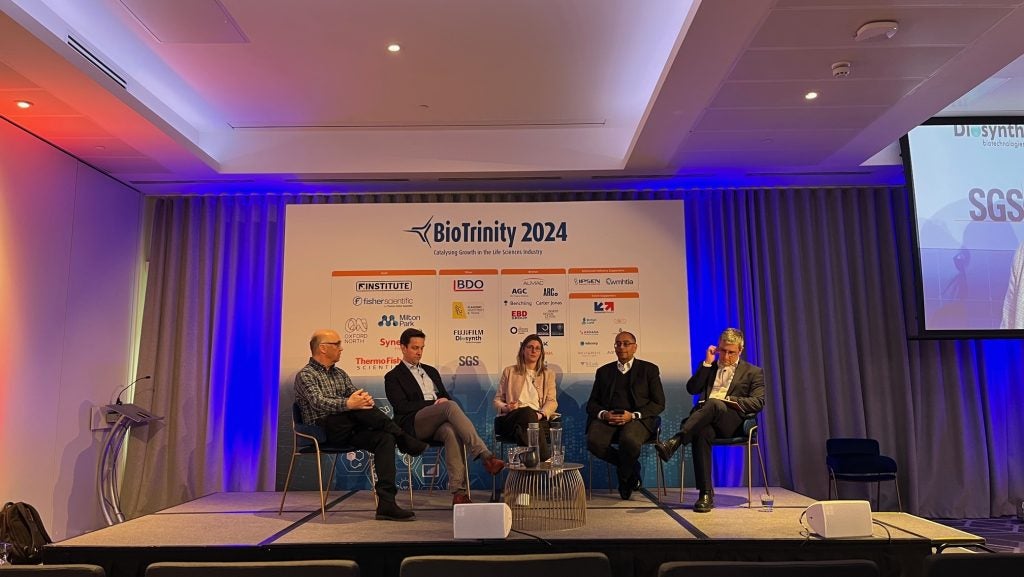
Key opinion leaders (KOLs) interviewed by GlobalData emphasised urgent action to address inconsistent drug compliance rates in the osteoporosis disease landscape. These insights underscore the crucial impact of drug compliance on osteoporosis management and patient outcomes.
Osteoporosis stands as the prevailing metabolic bone disorder globally, constituting the primary factor behind fragility fractures. It is characterised as a systemic skeletal condition marked by diminished bone mass and deterioration of bone micro-architecture, rendering individuals prone to bone fragility and fractures. Common fracture sites encompass the spine, hip, distal forearm, and proximal humerus. These fractures significantly contribute to morbidity within the general population, with recovery often prolonged and necessitating institutionalised full-time care for many patients. Moreover, such fractures, particularly hip fractures, are linked to increased mortality rates among patients. Nevertheless, osteoporosis tends to be underestimated and overlooked since it often presents itself only after a fracture, and as such, osteoporosis is deemed a “silent disease.”
The progression of osteoporosis often spans several years before manifesting in a fracture, a common trigger for seeking medical intervention. However, it is noteworthy that over two-thirds of vertebral fractures occur without accompanying pain, complicating early detection. Among the prominent symptoms of osteoporosis is back pain, typically arising from fractured or collapsed vertebrae, which can result in visible deformity or reduced mobility. Additionally, the condition can lead to stooped posture, known as kyphosis, as vertebral fractures cause the spine to collapse and bend forward, further impacting the individual’s physical functionality and quality of life.
Approved medications for osteoporosis fall into two main categories: antiresorptive and anabolic. Antiresorptive medications, including bisphosphonates, denosumab, and estrogen therapies, work by reducing the rate of bone resorption. This means they help slow down the breakdown of bone tissue, thereby preserving bone density and strength. Anabolic medications such as teriparatide stimulate bone formation to a greater extent than bone resorption. Teriparatide, a synthetic form of parathyroid hormone, promotes the activity of osteoclasts, the cells responsible for building new bone tissue. While antiresorptive drugs are typically used as a first-line therapy for most patients, anabolic medications are reserved for individuals with severe osteoporosis, or those who have experienced fractures despite antiresorptive agent therapy.
Recent discussions with KOLs have unveiled significant concerns regarding drug compliance. Reflecting on key unmet needs in the osteoporosis space, a European KOL remarked, “There are serious compliance issues because osteoporosis is a disease in which you see the effects of drugs only in the long term. This is an important drawback.” Requiring long-term treatment produces heavy burdens for healthcare providers and osteoporosis patients, which is understood to contribute to compliance problems. Many patients are believed to develop misconceptions that they no longer require treatment after prolonged therapy use. The burden of prolonged treatment as a result of the inherent chronic nature of osteoporosis further exacerbates the challenges associated with low drug compliance.
See Also:
Continuing, this European KOL commented: “The problem of adherence to treatment is mostly dependent on the time you spend with the patients, providing reassurance and explaining drugs. This is possible when you have a private visit. But if you are in a public hospital, in which time slots allowed for each patient are very limited, you cannot properly discuss with them. This is time-consuming. You need to have a person dedicated to this.”
How well do you really know your competitors?
Access the most comprehensive Company Profiles on the market, powered by GlobalData. Save hours of research. Gain competitive edge.

Thank you!
Your download email will arrive shortly
Not ready to buy yet? Download a free sample
We are confident about the unique quality of our Company Profiles. However, we want you to make the most beneficial decision for your business, so we offer a free sample that you can download by submitting the below form
By GlobalDataSimilarly, one US KOL stated, “We know that the numbers say they don’t take it [therapy]. When you look at the broader landscape, most people are not on an osteoporotic product drug a year later. I think that any program that wants to really make a difference has to have measures of compliance built into them, with nurse calls at the end of the month to make sure the prescription’s been filled, and monitoring to make sure that these things are actually happening.
“You need systematic approaches to deal with compliance and education, and that’s something that needs to be done by a physician extender.”
Pharmaceutical companies endorsing efforts to enhance patient education may witness enhanced medication compliance. Integrating bone markers has been proposed to boost therapy adherence, yet its adoption remains uncommon due to cost and measurement variability challenges, hindering its widespread implementation. Enhancing compliance among osteoporosis patients stands as a pivotal step towards mitigating fracture risk and improving overall health outcomes.






